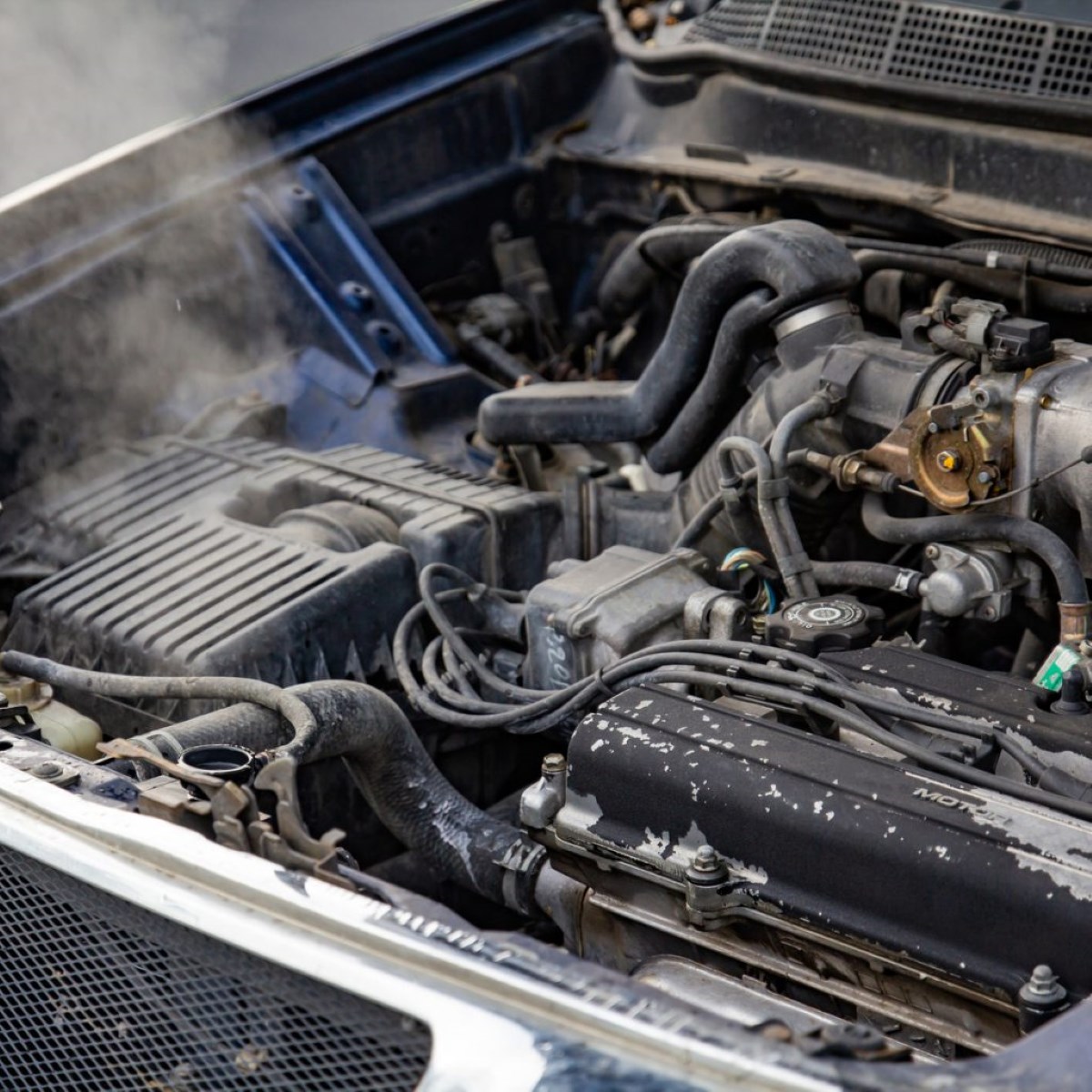

Articles
What Happens When Water Pump Goes Out
Modified: January 8, 2024
Learn about what happens when a water pump goes out in this informative article. Discover the signs, symptoms, and consequences associated with a faulty water pump.
(Many of the links in this article redirect to a specific reviewed product. Your purchase of these products through affiliate links helps to generate commission for Storables.com, at no extra cost. Learn more)
Introduction
A water pump is an essential component in your vehicle’s cooling system that circulates coolant to keep the engine cool and prevent overheating. However, like any mechanical part, water pumps can fail over time due to various reasons. When a water pump goes out, it can cause a range of issues that can impact the performance and longevity of your vehicle.
In this article, we will explore the signs of a failing water pump, the causes of water pump failure, the consequences of a water pump failure, and the steps you can take when your water pump goes out. We will also discuss how to diagnose a faulty water pump, the process of replacing a water pump, and tips for maintaining your water pump to prevent failure.
By understanding the importance of a water pump and the potential consequences of its failure, you can take proactive measures to ensure the smooth functioning of your vehicle’s cooling system and avoid costly repairs.
Key Takeaways:
- Recognizing the signs of a failing water pump, such as engine overheating, coolant leakage, and unusual noises, is crucial to prevent severe engine damage and costly repairs. Prompt action can mitigate the consequences of water pump failure.
- Regular maintenance, including coolant checks, belt inspections, and professional evaluations, is essential to prevent water pump failure. Following manufacturer guidelines and addressing cooling system issues promptly can extend the lifespan of the water pump and ensure reliable vehicle performance.
Read more: What Happens If Water Pump Fails
Signs of a Failing Water Pump
It is crucial to be aware of the signs that indicate a failing water pump. Ignoring these signs can lead to severe engine damage and costly repairs. Here are some common symptoms to watch out for:
- Engine overheating: If you notice that your engine temperature gauge is consistently rising or your engine is frequently overheating, it may be a sign of a failing water pump. The water pump is responsible for circulating coolant throughout the engine to regulate its temperature, so a malfunctioning pump can disrupt this process.
- Coolant leakage: A visible coolant leak under your vehicle or near the front of the engine can indicate a water pump issue. As the pump wears out, the seals can fail, leading to coolant leakage. Keep an eye out for any puddles or stains in your parking spot.
- Strange noises: A failing water pump may produce unusual noises, such as a squeaking, whining, or grinding sound. These noises can be a result of a worn-out bearing or impeller inside the pump.
- Steam from the radiator: If you experience steam coming from the radiator or notice a strong coolant smell, it could be a sign of a failing water pump. This indicates that the coolant is not circulating properly and may result in engine overheating.
If you notice any of these signs, it is essential to address the issue promptly to prevent further damage to your engine and cooling system.
Key Takeaways:
- Recognizing the signs of a failing water pump, such as engine overheating, coolant leakage, and unusual noises, is crucial to prevent severe engine damage and costly repairs. Prompt action can mitigate the consequences of water pump failure.
- Regular maintenance, including coolant checks, belt inspections, and professional evaluations, is essential to prevent water pump failure. Following manufacturer guidelines and addressing cooling system issues promptly can extend the lifespan of the water pump and ensure reliable vehicle performance.
Read more: What Happens If Water Pump Fails
Signs of a Failing Water Pump
Recognizing the signs of a failing water pump can help you address the issue early on and potentially save your engine from more severe damage. Here are some common symptoms to watch out for:
- Engine Overheating: One of the most obvious signs of a failing water pump is engine overheating. Your vehicle’s water pump is responsible for circulating coolant throughout the engine to maintain an optimal temperature. If the water pump is failing, it may not be able to effectively circulate coolant, leading to engine overheating. Keep an eye on your temperature gauge, and if you consistently notice it rising or your engine is frequently overheating, a faulty water pump may be the culprit.
- Leaking Coolant: Another sign of a failing water pump is a coolant leak. As the water pump wears out, the seals can start to deteriorate, resulting in coolant leakage. You may notice puddles of coolant forming under your vehicle or near the front of the engine. Additionally, if you see a visible drop in your coolant level without any apparent leaks, it could indicate a problem with the water pump.
- Unusual Noises: A failing water pump may produce strange noises that are indicative of a problem. You might hear a squeaking, whining, or grinding sound coming from the front of the engine. These noises can be a result of a worn-out bearing or a damaged impeller inside the water pump. If you notice any unusual sounds, it’s important to have your water pump inspected and replaced if necessary.
- Steam or Smell of Coolant: If you see steam rising from the radiator or notice a strong smell of coolant, it could be a sign of a failing water pump. When the water pump is not functioning correctly, the coolant may not circulate properly, leading to overheating and the release of steam. The smell of coolant can indicate a leak or a malfunctioning water pump.
If you experience any of these signs, it is essential to address the issue as soon as possible. Ignoring a failing water pump can result in severe engine damage and costly repairs. Consult with a professional mechanic to diagnose the problem accurately and determine the appropriate course of action.
Causes of a Water Pump Failure
A water pump failure can occur due to various reasons. Understanding the causes can help you take preventive measures and prolong the lifespan of your water pump. Here are some common factors that can contribute to water pump failure:
- Age and Wear: Over time, a water pump can simply wear out due to normal usage and the passage of time. The constant spinning of the pump’s pulley and impeller, along with exposure to heat and coolant, can cause parts to degrade and eventually fail. As the water pump ages, its mechanical components, such as bearings and seals, may wear down, leading to reduced performance and eventual failure.
- Overheating: Excessive heat can put a strain on the water pump and contribute to its failure. If the cooling system is not functioning properly, the engine can overheat, causing the water pump to work harder to regulate the temperature. Overheating can lead to accelerated wear and damage to the water pump’s components, resulting in failure.
- Coolant Contamination: The quality and condition of the coolant being circulated can impact the longevity of the water pump. If the coolant becomes contaminated with dirt, debris, or other corrosive substances, it can cause damage to the pump’s impeller, seals, and bearings. Contaminated coolant can lead to accelerated wear and failure of the water pump.
- Improper Installation: A water pump that is not installed correctly can be prone to early failure. If the pump is not aligned properly or if there are issues with the gaskets, it can lead to leaks or excessive strain on the pump’s components. It is crucial to have a professional mechanic install the water pump to ensure it is done correctly and to avoid potential problems down the road.
- Overheating due to Belt or Tensioner Issues: Problems with the belt or tensioner that connect the water pump to the engine can also contribute to water pump failure. A loose or worn-out belt can cause the water pump to malfunction or not spin properly, leading to inadequate coolant circulation. Similarly, a faulty tensioner can result in improper belt tension, affecting the performance and lifespan of the water pump.
Proper maintenance, regular coolant checks, and addressing any cooling system issues promptly can help reduce the risk of water pump failure. Additionally, following manufacturer guidelines for coolant replacement intervals and ensuring proper installation can contribute to the longevity of your water pump.
Consequences of a Water Pump Failure
When a water pump fails, it can have significant consequences for your vehicle’s engine and overall performance. Ignoring or neglecting a failing water pump can lead to severe damage and expensive repairs. Here are some of the potential consequences of a water pump failure:
- Engine Overheating: The primary role of the water pump is to circulate coolant throughout the engine to regulate its temperature. When the water pump fails, the coolant cannot flow properly, leading to inadequate cooling. This can result in engine overheating, which can cause irreversible damage to engine components, such as the cylinder heads, gaskets, and pistons.
- Head Gasket Damage: In extreme cases of engine overheating due to a water pump failure, the head gasket can blow. The head gasket forms a seal between the engine block and the cylinder head, preventing coolant from leaking into the combustion chambers. When the engine overheats, the increased pressure and heat can cause the head gasket to fail, leading to coolant leaks and potential engine damage.
- Engine Seizing: If the water pump completely fails and coolant is not circulating, the engine can reach dangerously high temperatures. This can result in the engine seizing, which means that the moving parts inside the engine lock up and stop functioning. A seized engine is a severe issue that often requires a complete engine rebuild or replacement.
- Damage to Internal Engine Components: Overheating caused by a water pump failure can damage various internal engine components, including the cylinder walls, pistons, valves, and bearings. These components rely on proper cooling to function efficiently and maintain their integrity. When subjected to extreme heat, they can warp, expand, or seize, leading to costly repairs or the need for an entirely new engine.
- Stranded on the Road: In addition to the potential engine damage, a water pump failure can leave you stranded on the road. If the engine overheats, it can result in a breakdown, leaving you unable to drive your vehicle. This can be not only inconvenient but also potentially dangerous if it occurs in a remote location or during extreme weather conditions.
It is essential to address any signs of water pump failure immediately to prevent these consequences. Regular maintenance, including inspecting the water pump during cooling system service intervals, can help catch any issues early on and avoid extensive damage to your engine. If you suspect a water pump problem, consult with a qualified mechanic to diagnose and resolve the issue promptly.
If your water pump goes out, immediately turn off the engine to prevent overheating. Have the pump replaced as soon as possible to avoid further damage to the engine.
Steps to Take When Your Water Pump Goes Out
Experiencing a water pump failure can be stressful, but there are steps you can take to mitigate the damage and get your vehicle back on the road. Here are the recommended steps to follow when your water pump goes out:
- Safely Pull Over: If you notice signs of a water pump failure while driving, such as engine overheating or steam coming from the radiator, it’s crucial to pull over to a safe location as soon as possible. Continuing to drive with a failing water pump can cause further damage to the engine.
- Turn off the Engine: Once you have safely pulled over, turn off the engine to prevent any additional overheating. This will help minimize the risk of extensive damage to the engine and other components.
- Let the Engine Cool Down: Give the engine some time to cool down before attempting any further actions. Opening the hood or checking the coolant level immediately after engine shutdown can lead to burns or injuries due to the high temperature of the engine components.
- Check Coolant Level: Once the engine has cooled down, check the coolant level in the radiator or coolant reservoir. If the level is low or empty, it is an indication of a coolant leak caused by the water pump failure. Refilling the coolant may temporarily prevent further overheating, but it is essential to address the root cause of the problem.
- Have the Vehicle Towed: If you’re unable to drive the vehicle safely, it’s best to have it towed to a trusted mechanic or an auto repair shop. Attempting to drive with a failed water pump can lead to further engine damage and potentially leave you stranded on the road.
- Replace the Water Pump: Once at the repair shop, a professional mechanic will diagnose the water pump failure and determine whether it needs to be repaired or replaced. In most cases, a water pump replacement is necessary to ensure the proper functioning of the cooling system and prevent future breakdowns.
- Inspect Other Components: It’s also important to have the mechanic inspect other cooling system components, such as the thermostat, hoses, and radiator, to ensure they are in good working condition. Addressing any additional issues can help prevent future cooling system problems.
Remember, attempting to repair or replace a water pump yourself can be challenging and may require specialized tools and expertise. It’s best to entrust this task to a qualified mechanic who has experience with the specific make and model of your vehicle.
By following these steps and seeking professional assistance, you can mitigate the damage caused by a water pump failure and ensure the proper functioning of your vehicle’s cooling system.
Diagnosing a Faulty Water Pump
Diagnosing a faulty water pump can help pinpoint the source of the problem and determine the necessary repairs. Here are some steps to follow when diagnosing a faulty water pump:
- Check Coolant Leaks: Inspect the area around the water pump for any visible coolant leaks. If you notice coolant pooling or dripping near the water pump, it is a clear sign of a potential problem.
- Monitor the Coolant Level: Keep an eye on the coolant level in the radiator or coolant reservoir. A continuously dropping coolant level without any signs of leakage can indicate a failing water pump. Loss of coolant can result from internal leaks within the pump assembly.
- Listen for Unusual Noises: Start the engine and listen for any unusual noises coming from the front of the engine. A failing water pump may emit squeaking, whining, or grinding sounds. These noises usually indicate bearing or impeller damage within the pump.
- Observe Engine Temperature: Pay attention to the engine temperature gauge or warning light. If the engine consistently runs hot or frequently overheats, it could be a sign of a malfunctioning water pump. Inefficient coolant circulation due to a faulty pump can lead to inadequate cooling and overheating issues.
- Inspect the Water Pump Pulley: Visually inspect the water pump pulley for any wobbling or play. A loose or damaged pulley can affect the pump’s performance and indicates a potential problem.
- Perform a Coolant Pressure Test: A coolant pressure test can help identify any leaks or pressure issues within the cooling system. By applying pressure to the system, you can detect leaks near the water pump or a decrease in pressure caused by a malfunctioning pump.
- Consult with a Mechanic: If you are uncertain about diagnosing the problem or if the symptoms point to a potential water pump failure, it is advisable to consult with a qualified mechanic. They have the expertise and diagnostic tools to accurately assess the condition of the water pump and recommend the necessary repairs.
It’s important to address a faulty water pump promptly to prevent further damage to your engine and cooling system. Delaying repairs can result in overheating, engine damage, and costly repairs. If you suspect a problem with your water pump, it is always best to consult with a professional mechanic for accurate diagnosis and appropriate solutions.
Replacing a Water Pump
Replacing a water pump is a complex task that requires mechanical knowledge and experience. If you decide to tackle this repair yourself, here are the general steps involved in replacing a water pump:
- Gather the Necessary Tools and Materials: Before you begin, make sure you have all the tools and materials required for the job. This may include a wrench set, socket set, pliers, gasket sealer, a new water pump, and fresh coolant.
- Drain the Coolant: Start the process by draining the coolant from the radiator and the engine block. Follow the manufacturer’s guidelines for proper coolant disposal to protect the environment.
- Remove the Necessary Components: Depending on the vehicle make and model, you may need to remove certain components to access the water pump. Common components that need to be removed include the serpentine belt, fan, fan clutch, and other accessories that obstruct access to the water pump.
- Remove the Old Water Pump: Once you have gained access to the water pump, disconnect the hoses and electrical connections connected to it. Carefully remove the bolts securing the water pump to the engine block, making sure to keep track of their location and size for reinstallation.
- Clean the Mounting Surface: Thoroughly clean the mounting surface on the engine block where the water pump will be installed. Remove any residue or gasket material to ensure a proper seal and prevent leaks.
- Install the New Water Pump: Apply a thin layer of gasket sealer to the mounting surface of the new water pump. Carefully align the pump with the bolt holes on the engine block and secure it in place using the appropriate torque specifications provided by the manufacturer.
- Reassemble the Components: Reattach the hoses, electrical connections, fans, and any other components that were removed during the disassembly process. Double-check that all connections are secure and properly tightened.
- Refill the Coolant: Refill the cooling system with the appropriate coolant mixture as recommended by the vehicle manufacturer. Be sure to bleed any air pockets from the system to ensure proper coolant circulation.
- Test for Leaks: Start the engine and closely monitor for any coolant leaks. Check all connections and the water pump area for signs of leakage. If you notice any leaks, promptly identify and address the issue before continuing to drive the vehicle.
- Dispose of Old Coolant Properly: Dispose of the old coolant responsibly by following local regulations. Coolant is toxic and harmful to the environment, so it is crucial to handle and dispose of it correctly.
It’s important to note that these steps are general guidelines and that specific instructions may vary depending on your vehicle’s make and model. It is recommended to consult the vehicle’s service manual or seek the assistance of a professional mechanic for detailed instructions tailored to your vehicle.
If you are not confident in your mechanical skills or do not have the necessary tools, it is best to have a qualified mechanic handle the water pump replacement to ensure proper installation and prevent any potential issues or damage to the engine.
Maintaining Your Water Pump to Prevent Failure
To prolong the lifespan of your water pump and prevent unexpected failures, regular maintenance is crucial. Here are some key maintenance practices to help keep your water pump in good working condition:
- Check Coolant Levels and Quality: Regularly inspect the coolant levels in the radiator and coolant reservoir. Ensure that the coolant is at the appropriate level and free from contaminants. If the coolant appears dirty or discolored, it may be time for a coolant flush and replacement.
- Inspect Hoses and Belts: Hoses and belts connected to the water pump play a critical role in its performance. Regularly inspect these components for signs of wear, cracks, or leaks. Replace any damaged hoses or belts promptly to avoid any potential issues that can affect the water pump.
- Avoid Overheating: Properly maintaining the cooling system is essential in preventing overheating and reducing stress on the water pump. Make sure the radiator and cooling system are clean and free from debris that can hinder proper heat dissipation. Regularly flush and replace the coolant according to the manufacturer’s recommendations.
- Perform Routine Inspections: Include a water pump inspection in your routine maintenance activities. Look for visible signs of leakage around the pump, such as coolant stains or drips. Check for any abnormal noises, such as squeaking or grinding, that may indicate bearing or impeller issues.
- Follow Manufacturer’s Guidelines: It is vital to follow the maintenance schedule outlined in your vehicle’s owner’s manual. Manufacturers provide specific guidelines for coolant replacement, belt tension checks, and other maintenance tasks related to the water pump. Adhering to these recommendations can help prevent premature failure.
- Address Cooling System Issues: Resolve any cooling system issues promptly. Malfunctioning components, such as a faulty thermostat or a clogged radiator, can put added strain on the water pump. If you notice any abnormalities in your vehicle’s cooling system, have them inspected and repaired by a qualified mechanic.
- Protect Against Contamination: Use a quality coolant and ensure that the cooling system is flushed properly when coolant replacement is due. Contaminants in the coolant can result in corrosion and damage to the water pump and other cooling system components.
- Have Professional Inspections: Regularly schedule inspections with a professional mechanic who understands the cooling system. They can perform diagnostic tests and thoroughly evaluate the condition of the water pump, hoses, belts, and other related components.
Proper maintenance and attentive care for your vehicle’s cooling system, including the water pump, can significantly reduce the risk of failure and extend its lifespan. Consistently following these maintenance practices will help ensure efficient cooling and engine performance, as well as minimize costly repairs and potential breakdowns caused by water pump failure.
Read more: What Happens When A Water Heater Explodes
Conclusion
The water pump plays a vital role in maintaining the optimal temperature of your vehicle’s engine. Understanding the signs, causes, and consequences of water pump failure is essential for every vehicle owner. By recognizing the signs of a failing water pump, such as engine overheating, coolant leakage, strange noises, or steam from the radiator, you can take prompt action to address the issue.
Water pump failure can be caused by factors such as age and wear, overheating, coolant contamination, improper installation, or belt and tensioner issues. Ignoring a failing water pump can lead to severe consequences, including engine overheating, head gasket damage, engine seizing, damage to internal engine components, and being stranded on the road.
When your water pump goes out, it is important to take immediate steps to prevent further damage. Safely pull over, turn off the engine, let it cool down, check coolant levels, and have the vehicle towed to a trusted mechanic. The water pump will need to be replaced, and it is also recommended to inspect other cooling system components to ensure their proper function.
Maintaining your water pump is crucial in preventing failure. Regularly check coolant levels and quality, inspect hoses and belts, avoid overheating, perform routine inspections, follow manufacturer’s guidelines for maintenance, address cooling system issues promptly, protect against contamination, and have professional inspections to ensure the proper functioning of your water pump.
In conclusion, staying attentive to the condition and maintenance of your water pump is key to preserving the performance and longevity of your vehicle’s engine. By being proactive and addressing any signs of water pump failure, you can avoid costly repairs, extend the lifespan of your water pump, and ensure reliable and efficient vehicle operation.
Frequently Asked Questions about What Happens When Water Pump Goes Out
Was this page helpful?
At Storables.com, we guarantee accurate and reliable information. Our content, validated by Expert Board Contributors, is crafted following stringent Editorial Policies. We're committed to providing you with well-researched, expert-backed insights for all your informational needs.

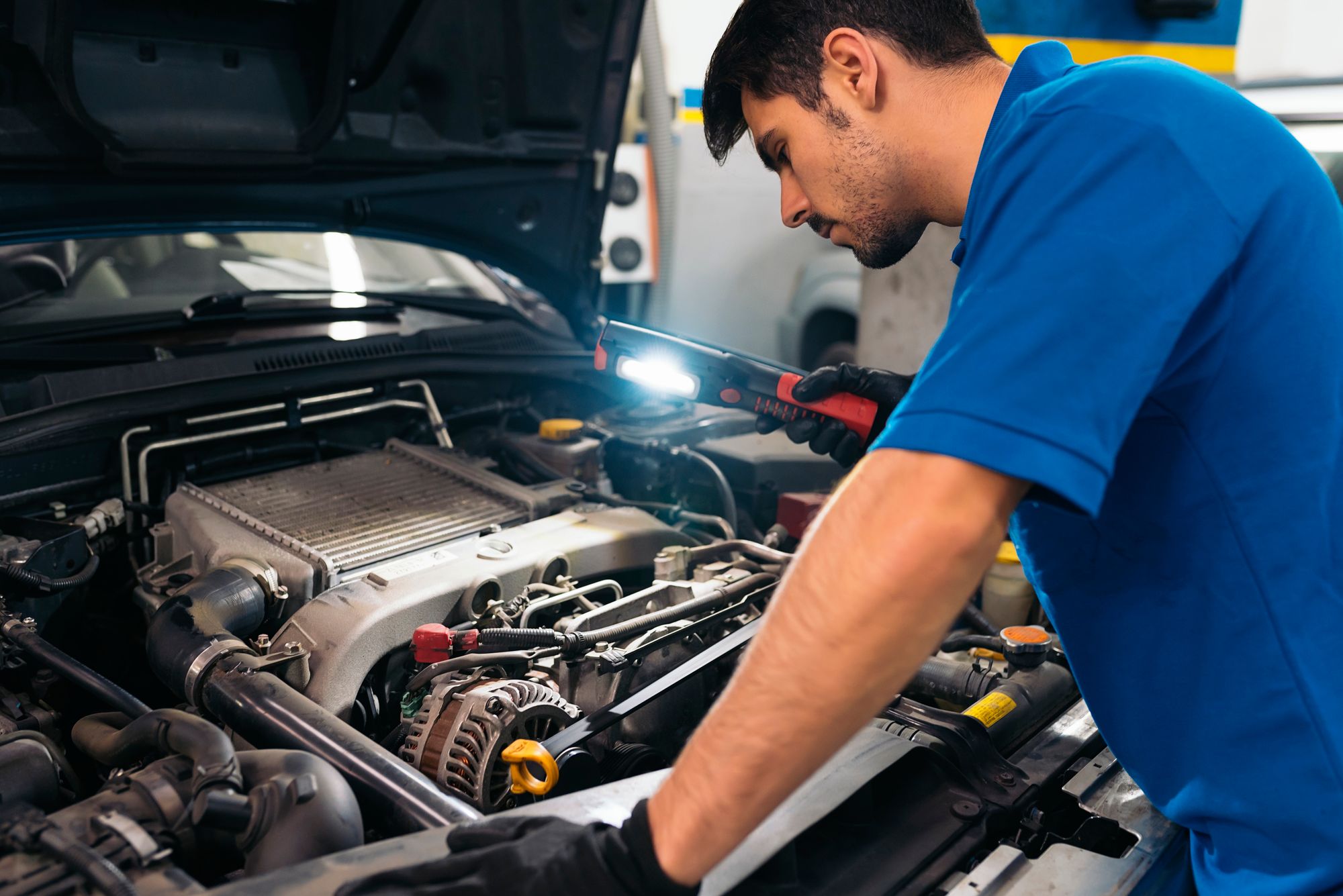
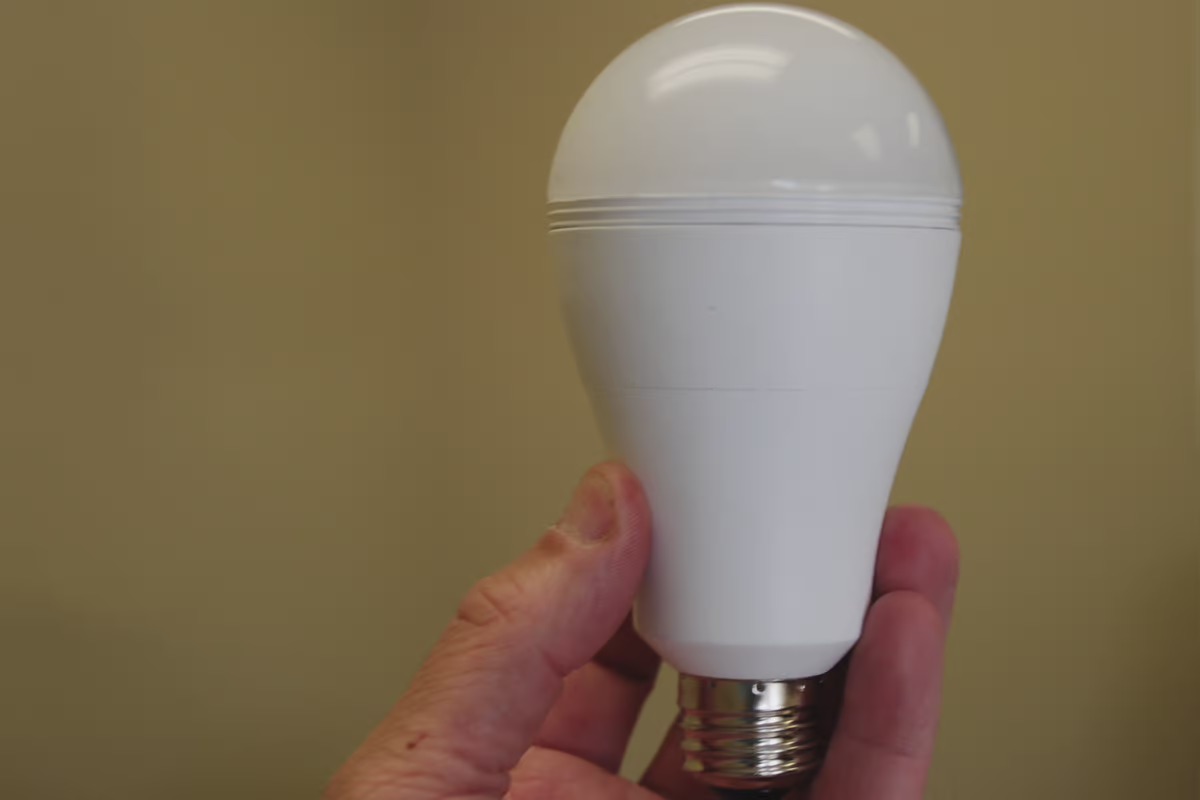
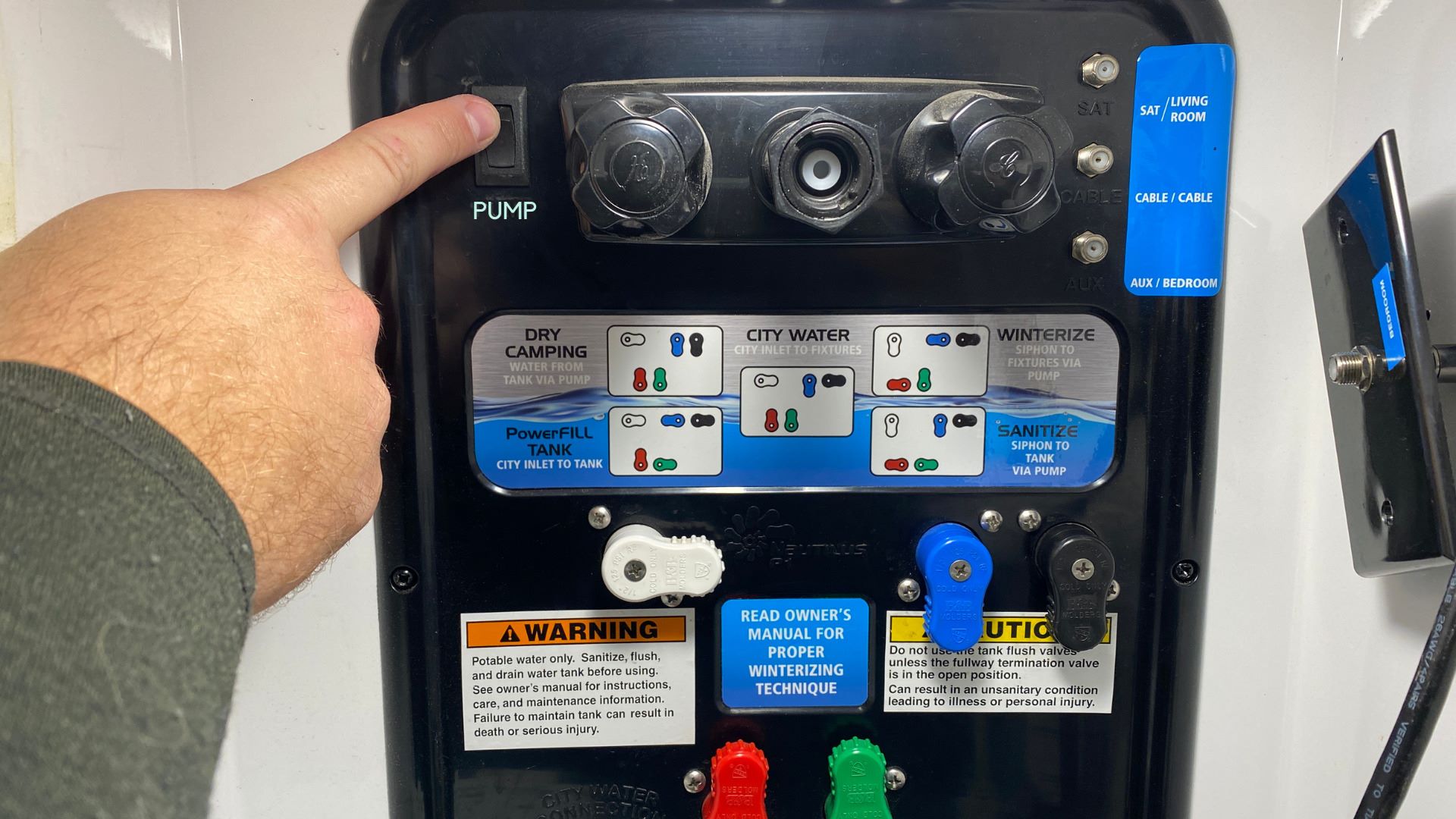

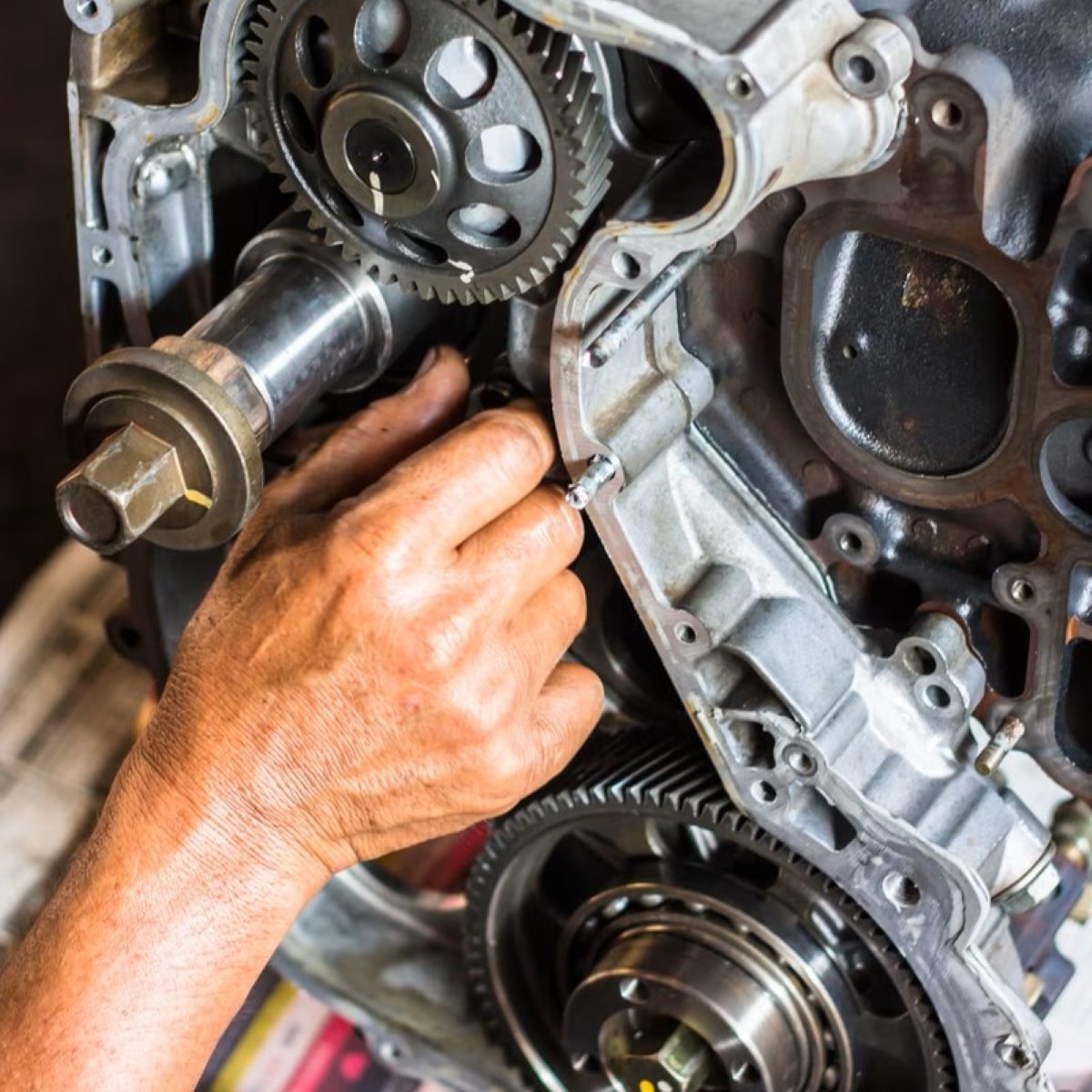
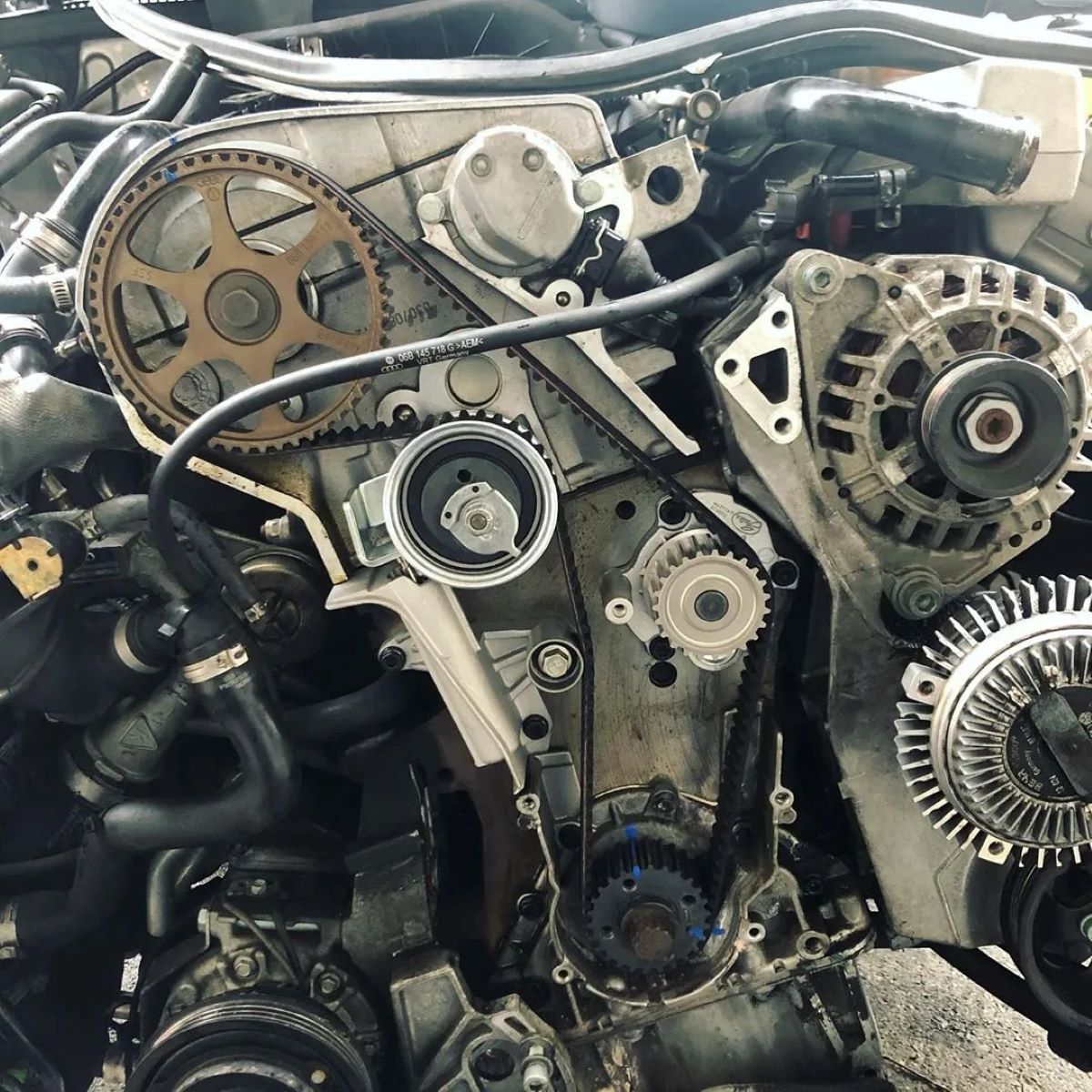
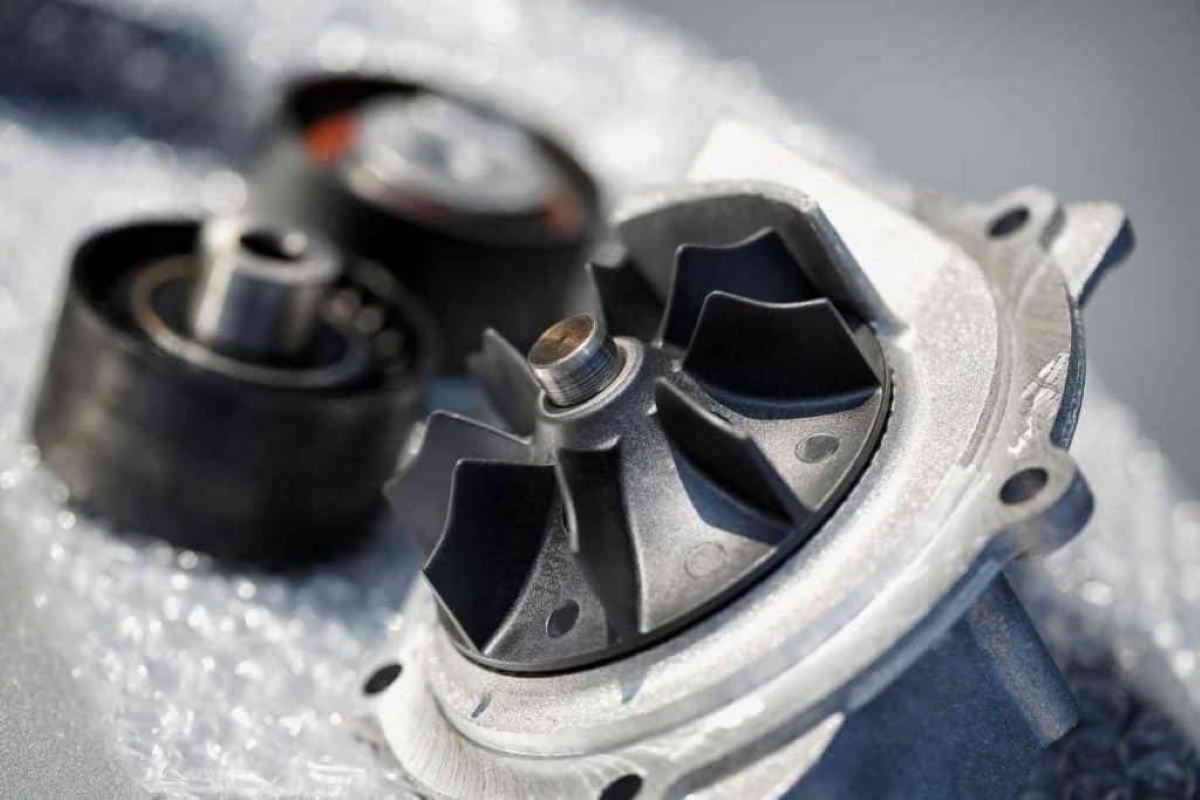
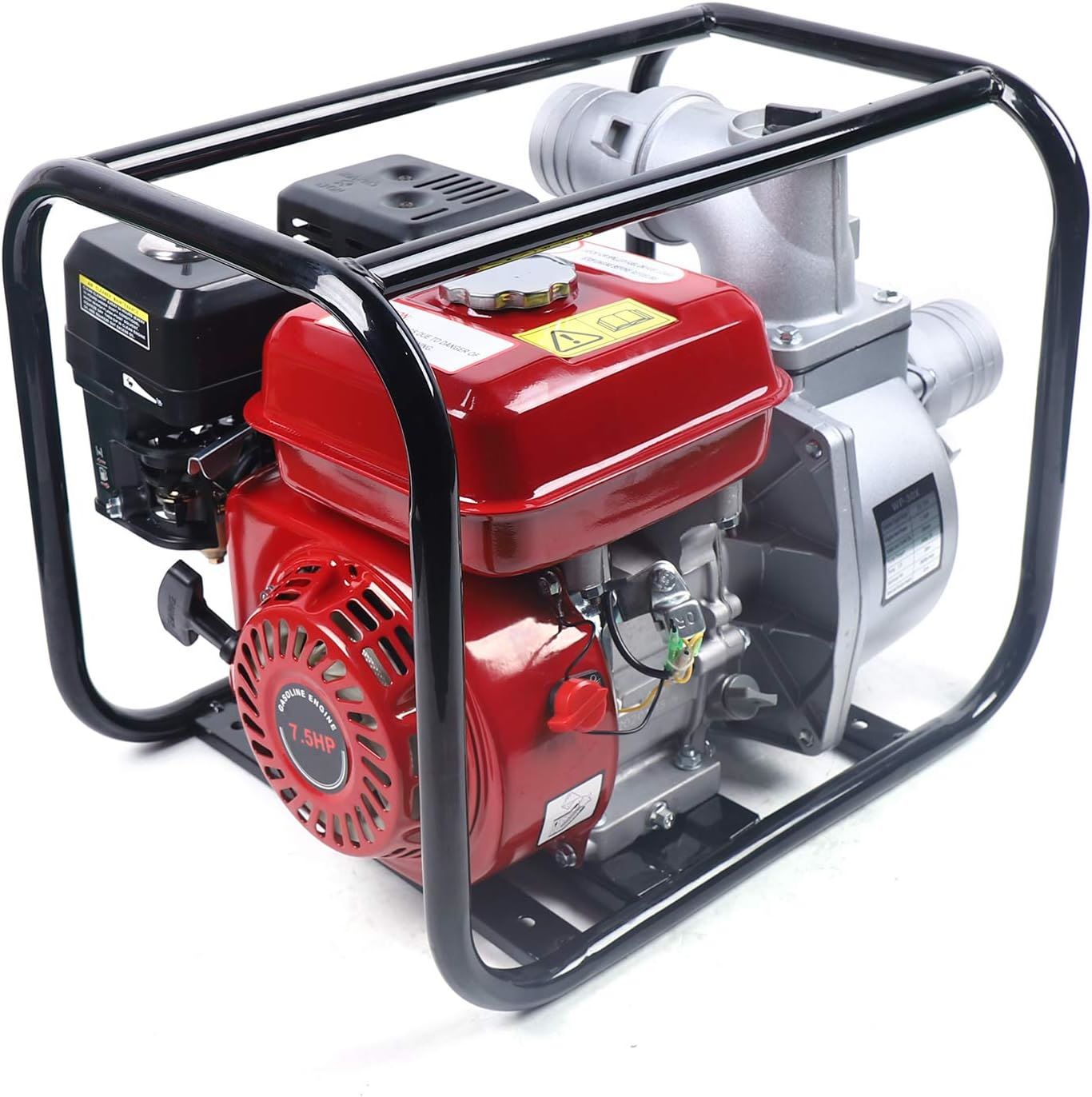
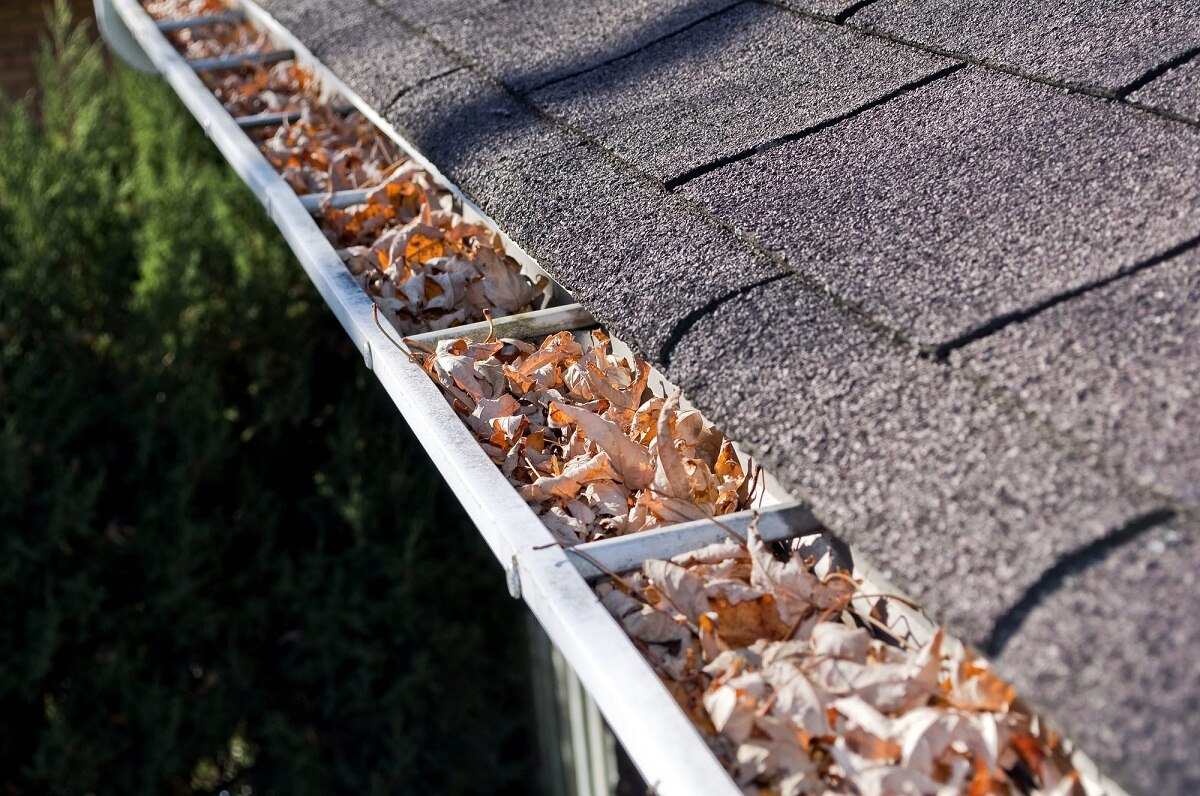
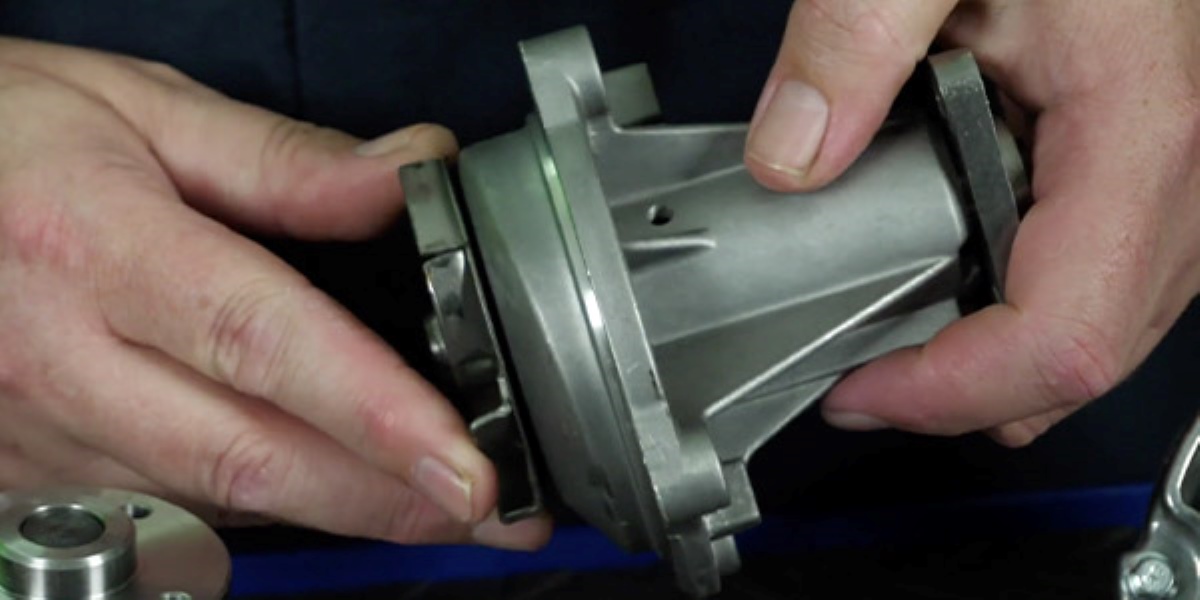

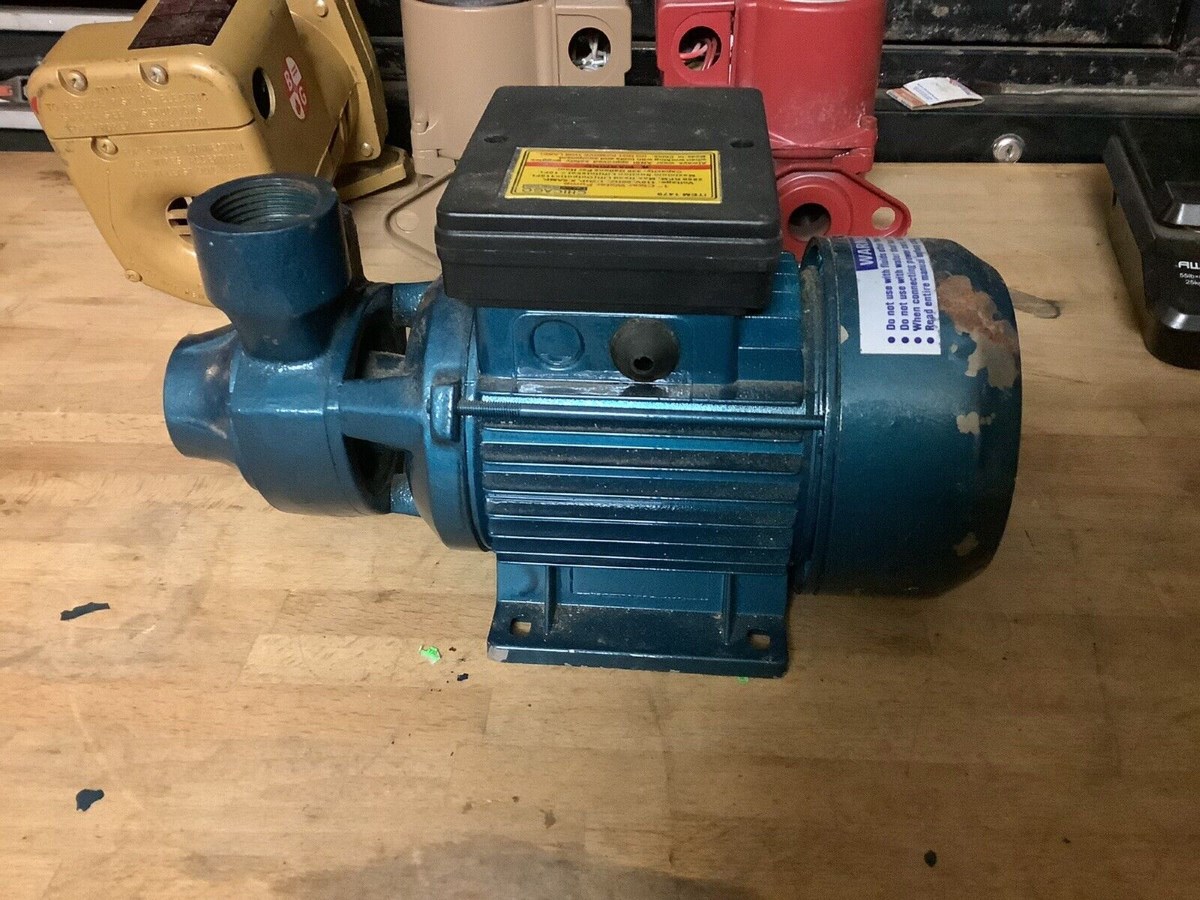

0 thoughts on “What Happens When Water Pump Goes Out”